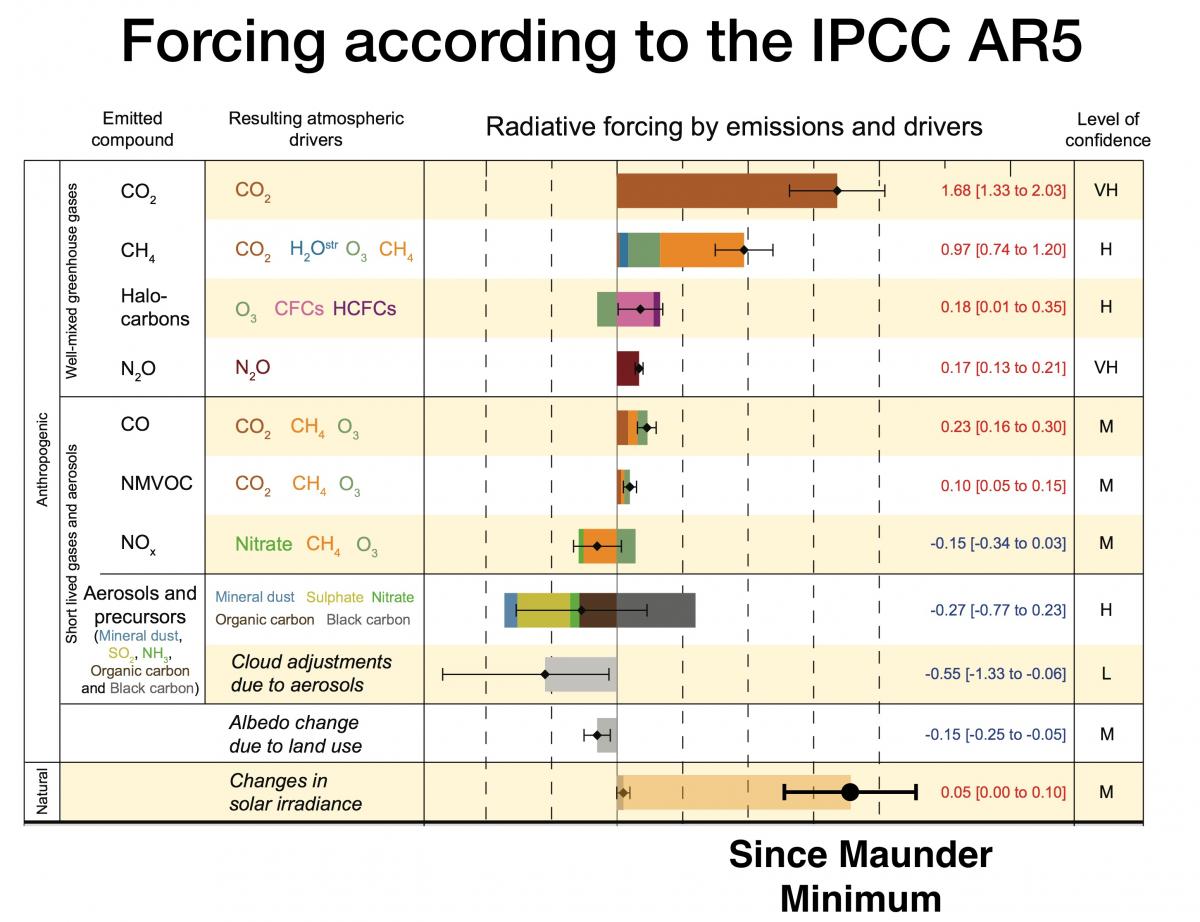- Joined
- Jul 13, 2012
- Messages
- 47,695
- Reaction score
- 10,467
- Gender
- Male
- Political Leaning
- Other
:roll:
I'm pretty sure we've been over this before. Adding CO2 to the atmosphere is not like hitting the gas pedal in your car; it takes decades for the full effect of a change in CO2 to impact global temperatures. If CO2 emissions came to a dead stop today, the climate would continue to warm for decades to come.
And again: Global temperatures are now the warmest they've been in over 11,000 years, and they will continue to climb.
A Reconstruction of Regional and Global Temperature for the Past 11,300 Years | Science (Marcott paper)
Global Average Temperatures Are Close to 11,000-Year Peak - Scientific American (SciAm summary)

News flash! Global temperatures ARE rising, as climate scientists "said it would do."
I have no idea why you think a link about the Younger Dryas in any way disproves AGW.
Why do you edit away the majority of posts for no other reason than to change the meaning and then present them as if they have not been changed? A simple highlight is easier and less deceptive.
Very slippery. It's confusing to me how you seem to think that deception and truth are in any ways similar. Might explain your views on this topic...
You are asserting that controlling CO2 will allow mankind to control and direct the climate of the planet.
I am pointing out that the climate of the planet has acted EXACTLY the way it has acted and is acting. Previous examples of climate change changed without the influence you say is the primary driver.
Your assertion that controlling anthropogenic CO2 emissions will control climate is silly. It assumes that the other 50 or so climate influencers, including the Sun, are subordinate to CO2 emissions.
I don't need to prove anything besides the fact that the climate has changed in the past and is changing now in exactly the same way(s) without the cause you cite as essential. I have proven my case.
YOU need to prove your case and you have not.
Your chart is, incidentally, meaningless. It is empirically dishonest and obviously wrong. The evidence that destroys it is all around us and you simply refuse to see it. Ignorance is not proof. It's ignorance.
You are, however, free to proceed to present proof. It might be painful for you, but it also might be a good kind of pain.
Watcha got?
Last edited:



